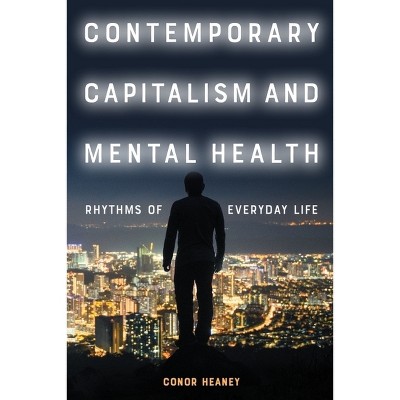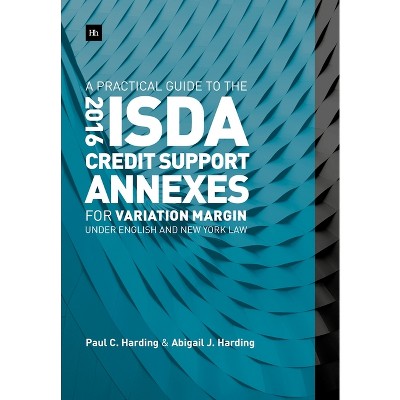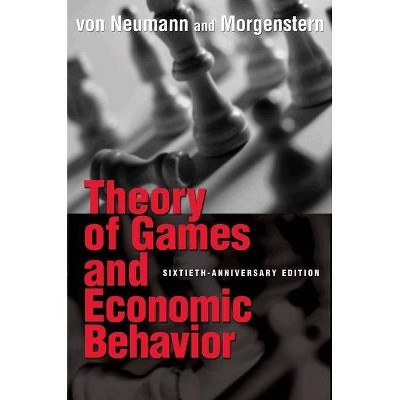Sponsored

Recycling of Used Lead-Acid Batteries - (International Development in Focus) (Paperback)
$38.49Save $3.46 (8% off)
In Stock
Eligible for registries and wish lists
Sponsored
About this item
Highlights
- This document includes a pragmatic framework for designing representative studies and developing uniform sampling guidelines to support estimates of morbidity that are explicitly linked to exposure to land-based contaminants from used lead acid battery recycling (ULAB) activities.
- About the Author: The World Bank came into formal existence in 1945 following the international ratification of the Bretton Woods agreements.
- 118 Pages
- Business + Money Management, Economics
- Series Name: International Development in Focus
Description
About the Book
This framework document provides a practical approach for designing representative studies and developing uniform sampling guidelines to support estimates of health outcomes that are explicitly linked to exposure to land-based contaminants from ULAB activities.Book Synopsis
This document includes a pragmatic framework for designing representative studies and developing uniform sampling guidelines to support estimates of morbidity that are explicitly linked to exposure to land-based contaminants from used lead acid battery recycling (ULAB) activities. A primary goal is to support environmental burden of disease evaluations, which attempt to attribute health outcomes to specific sources of pollution. The guidelines provide recommendations on the most appropriate and cost-effective sampling and analysis methods to ensure the collection of representative population-level data, sample size recommendations for each contaminant and environmental media, biological sampling data, household survey data, and health outcome data. These guidelines focus on small-scale ULABs that are known to generate significant amounts of lead waste through the smelting process, as well as other metals including arsenic and cadmium. A primary concern with lead exposure is the documented association with neurodevelopmental outcomes in children as demonstrated by statistically significant reduced performance on a variety of cognitive tests. These associations are evident even in the youngest children, and toxicological and epidemiologic data indicate these effects have no threshold. Other potential exposures include arsenic and cadmium, and exposure to these contaminants is also associated with neurodevelopmental outcomes in children, as well as arsenicosis; bladder, lung, and skin cancers; and renal outcomes. The primary objective of this document is to guide research to assess the relationship between environmental contamination, exposures, and health outcomes related to a subset of contaminants originating from ULAB activities for particularly vulnerable populations (such as children) and the general population within a single household in the vicinity of ULAB sites in low- and middle-income countries. To achieve this objective, biomonitoring and health outcome data are linked to household survey and environmental data (for example, soil, dust, water, and agricultural products) at the individual level from an exposed population compared to individuals from an unexposed (reference) population. Data on exposures and health outcomes in the same individual, across a representative set of individuals, is required to support an understanding of the potential impact of ULAB activities on local populations. The guidelines can also assist in building local capacity toconduct environmental assessments following a consistent methodology to facilitate comparability across ULAB sites in different geographic areas. Sampling strategies and methods are prioritized given information needs, resource availability, and other constraints or considerations. The document includes a number of supporting appendixes that provide additional resources and references on relevant topics. Data obtained following these recommendations can be used to support consistent, comparable, and standardized community risk and health impact assessments at contaminated sites in low- and middle-income countries. These data can also be used to support economic analyses and risk management decision-making for evaluating site cleanup and risk mitigation options in the most cost-effective and efficient manner. Following these recommendations will facilitate comparisons and meta-analyses across studies by standardizing data collection efforts at the community level.About the Author
The World Bank came into formal existence in 1945 following the international ratification of the Bretton Woods agreements. It is a vital source of financial and technical assistance to developing countries around the world. The organization's activities are focused on education, health, agriculture and rural development, environmental protection, establishing and enforcing regulations, infrastructure development, governance and legal institutions development. The World Bank is made up of two unique development institutions owned by its 185 Member Countries. The International Bank for Reconstruction and Development (IBRD) focuses on middle income and creditworthy poor countries and the International Development Association (IDA), which focuses on the poorest countries in the world.Dimensions (Overall): 11.0 Inches (H) x 8.5 Inches (W) x .31 Inches (D)
Weight: .88 Pounds
Suggested Age: 22 Years and Up
Number of Pages: 118
Genre: Business + Money Management
Sub-Genre: Economics
Series Title: International Development in Focus
Publisher: World Bank Publications
Theme: General
Format: Paperback
Author: Katherine Von Stackelberg & Pamela R D Williams & Ernesto Sánchez-Triana & Santiago Enriquez
Language: English
Street Date: July 21, 2022
TCIN: 1004206005
UPC: 9781464818202
Item Number (DPCI): 247-36-2420
Origin: Made in the USA or Imported
If the item details aren’t accurate or complete, we want to know about it.
Shipping details
Estimated ship dimensions: 0.31 inches length x 8.5 inches width x 11 inches height
Estimated ship weight: 0.88 pounds
We regret that this item cannot be shipped to PO Boxes.
This item cannot be shipped to the following locations: American Samoa (see also separate entry under AS), Guam (see also separate entry under GU), Northern Mariana Islands, Puerto Rico (see also separate entry under PR), United States Minor Outlying Islands, Virgin Islands, U.S., APO/FPO
Return details
This item can be returned to any Target store or Target.com.
This item must be returned within 90 days of the date it was purchased in store, shipped, delivered by a Shipt shopper, or made ready for pickup.
See the return policy for complete information.
Trending Non-Fiction


$18.28
was $19.58 New lower price
4.7 out of 5 stars with 17 ratings















